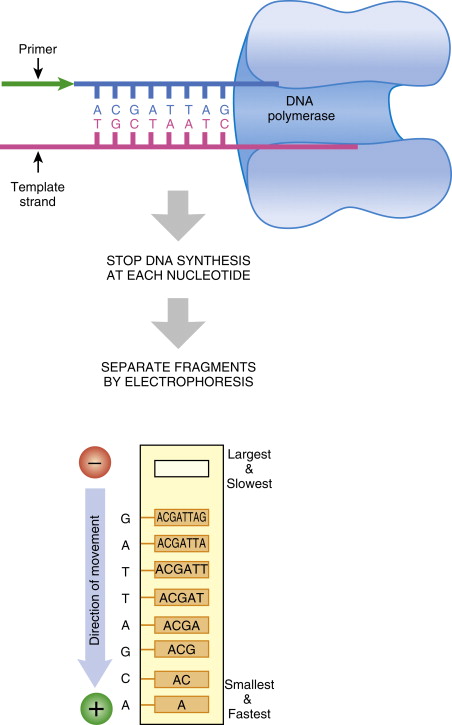Instrumentation 6
Microscopy is the study of objects or samples that are too small to be seen by the naked eye. There are several types of microscopy, each with its own advantages and limitations. Here are the main types of microscopy: 1. Optical microscopy: This is the most common type of microscopy, which uses visible light to illuminate a sample. Optical microscopy can be further divided into several subtypes, such as brightfield, darkfield, phase contrast, fluorescence, and confocal microscopy. Optical microscopy is a technique that uses visible light to observe the sample under a microscope. It consists of several components, including an objective lens, an eyepiece lens, and a light source. The working of optical microscopy involves the following steps. The sample to be viewed is prepared by fixing it onto a glass slide and adding a stain or dye to enhance its contrast. The light source, located beneath the sample, emits light that is directed through the condenser lens to focus the light o...












